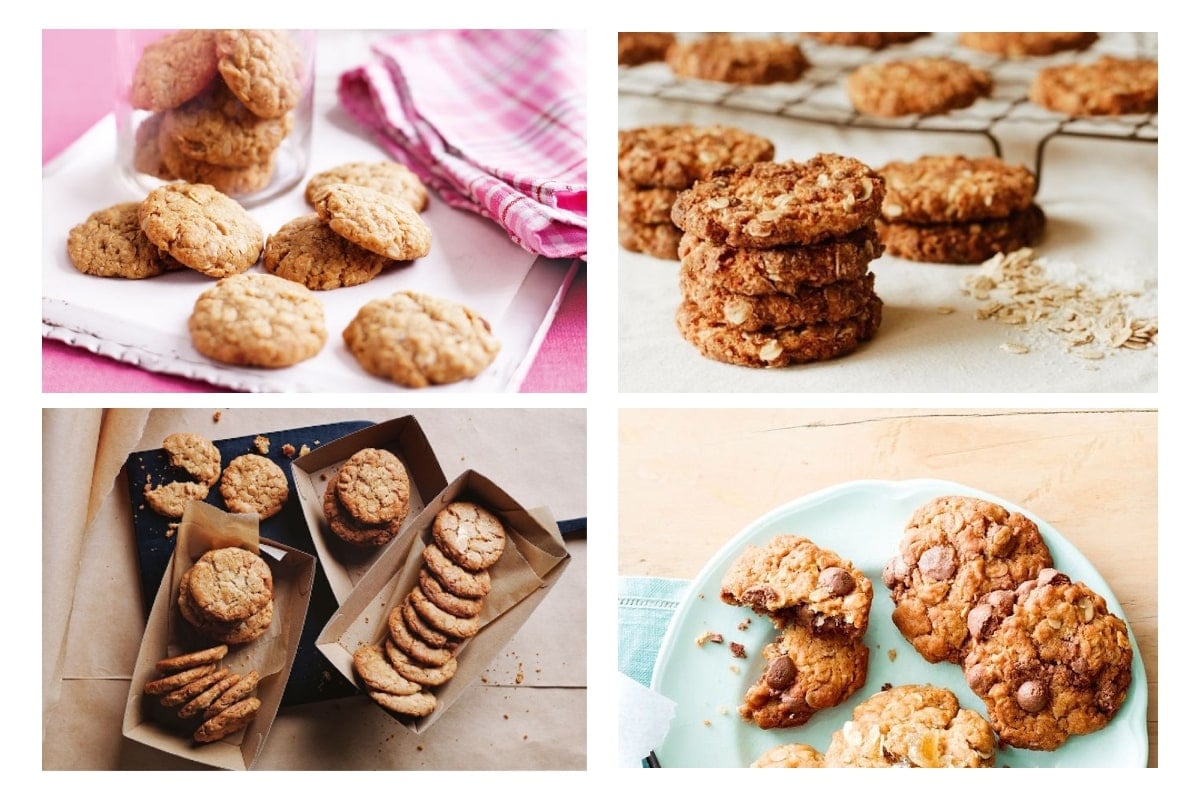
Keep it nourishing and time it right. Yoga teacher and lululemon ambassador Thy Nguyen tells how to get the most out of a pre or post-yoga meal, no matter the season.
Pre-yoga
For a morning class, if I’m waking up and going directly to the studio, I don’t eat anything and wait until after practice. If you definitely need to eat before class, I suggest having a small piece of fruit - such as an apple or banana - or a small green smoothie. Usually I have just a snack, like a piece of fruit, nuts or a smoothie or juice about half an hour before class. Try to give yourself at least a half an hour to forty-five minute window before you practice so that your body has time to digest and to prevent possibly feeling nauseous in class, and wait until after practice before having something more substantial.
“The key, above all, is hydration. Lack of water is the main cause of fatigue, headaches and can lead to injury if your head is fuzzy during your workout.”
Post-yoga
In the mornings, a bowl of oats with some seeds and fruit hits the spot for me, or some homemade granola with a dollop of Greek yogurt (full fat always) and fruit. A smoothie bowl is also a nourishing brekkie if you have more time to put this together. For post-yoga meals around midday or evening, I like to eat a meal that’s balanced with carbohydrates, proteins and fats. My favourites are any raw salads or roasted vegetable (beetroot, pumpkin, carrot) salads with salmon or grilled chicken and black or brown rice. A few nuts and/or seeds are a nice addition too.
Seasonal changes
Naturally, in summer, it serves the body to have cool, refreshing foods like salads, gazpachos and lots of fresh fruit. Whole grains like quinoa and millet are also preferable in summer as they are nourishing yet light, giving us plenty of energy to enjoy all of summer’s outdoor activities.
In winter, our pineal gland responds to a lack of daylight by producing melatonin – the sleep hormone. The body naturally craves carbohydrate-rich foods to keep warm, just be careful which carbs you choose. Steer clear of processed foods like white breads and sugar and stick to whole grains for slow-release energy.



